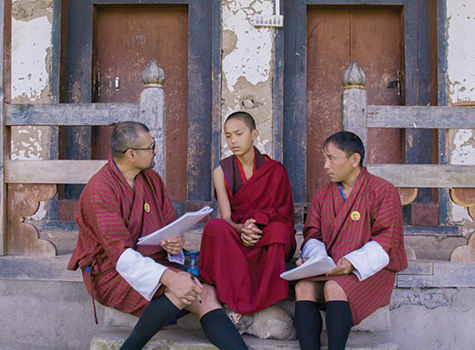India’s ‘demographic dividend’ and how to harness the power of a burgeoning incoming working age population has been the focus of many for the past several years. The challenges around childhood education, skilling, and vocational training have been some major points of discussion and debate for civil society leaders and policy makers. Missing in this debate, however, is the plight of India’s elders.
There are approximately 138 million elderly people in India today. Of these, 90 percent of elders are outside the formal and organized sector, which means they have little to no access to pensions, provident funds, or medical coverage – no social safety net during advancing years when the natural process of ageing brings about physical frailty as well as other vulnerabilities. In other words, at a time of their lives when they need the most support and help, most elders in India find themselves alone.
There is also a perception that given the strong family bonds in India, elders are taken care of by their families. While that is true for some, it is certainly not true for many elders, who have been adversely impacted by the fragmentation of the family unit because of changing economic patterns, migration trends and now, especially compounded by the pandemic.
The specific and unique challenges faced by elders have exponentially worsened during the pandemic. Elders are not just most at risk from illness and death from the disease itself, but they have also borne the brunt of economic distress in terms of isolation, loss of livelihoods, and loss of earning members of the family and resultant physical and mental stresses.
This has been seen in the surveys done by the organization HelpAge India and others that have found that some 25 percent of elders report that they face abuse – physical, mental and emotional – and often at the hands of their own family members. About 53 million elders are living in poverty and must work just to survive. The pandemic has brought these issues out into the open.
The organization HelpAge India has, for over 43 years been operating across 26 states of India, in over 2500 villages, impacting almost 2 million elders through direct interventions in healthcare access, sustainable livelihoods, vision restoration, agecare, disaster relief, and elder distress helplines.
For more details about American Friends of HelpAge India, visit Af-hi.org or Helpageindia.org.



